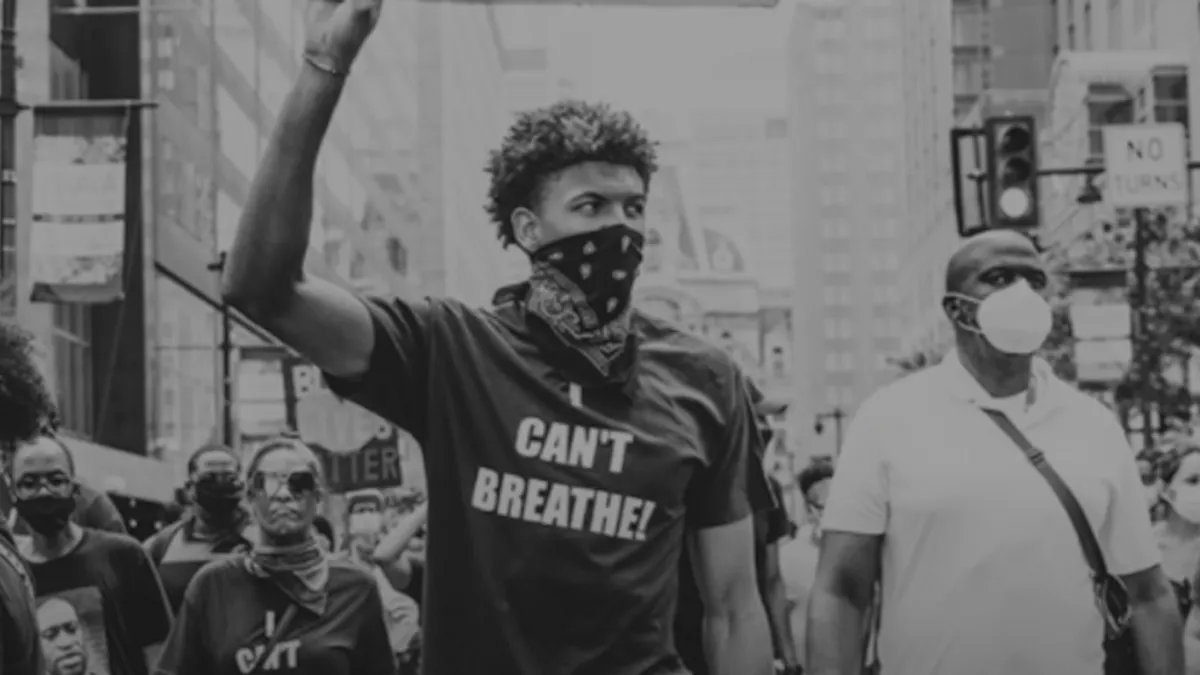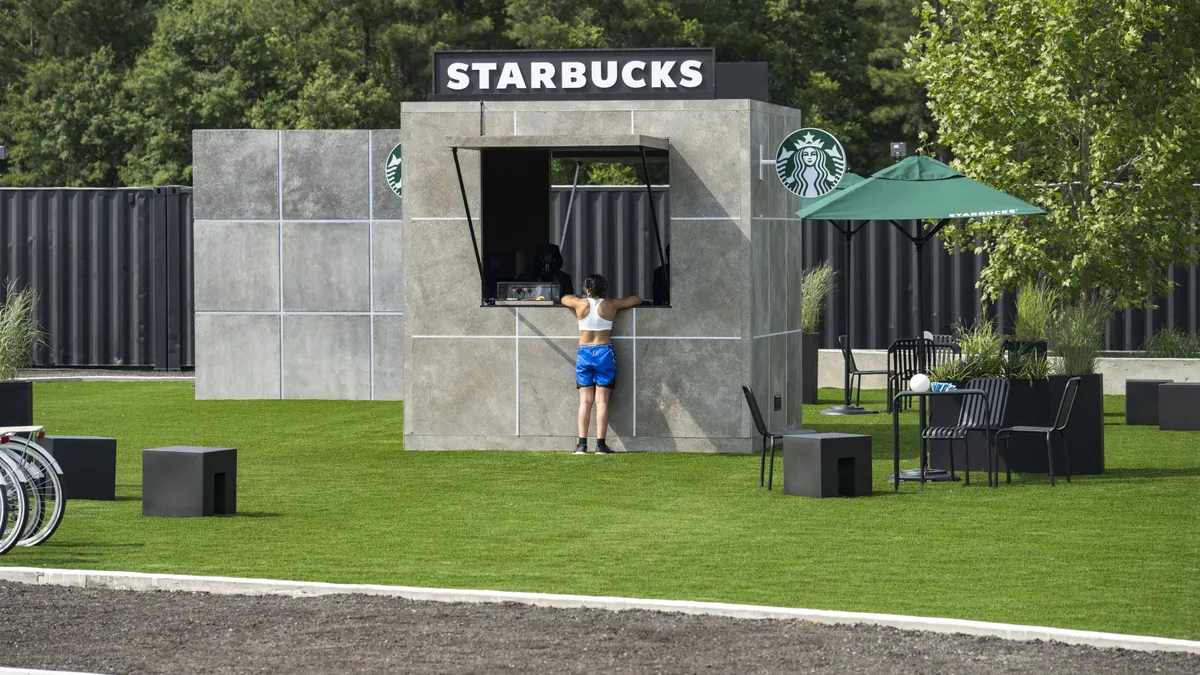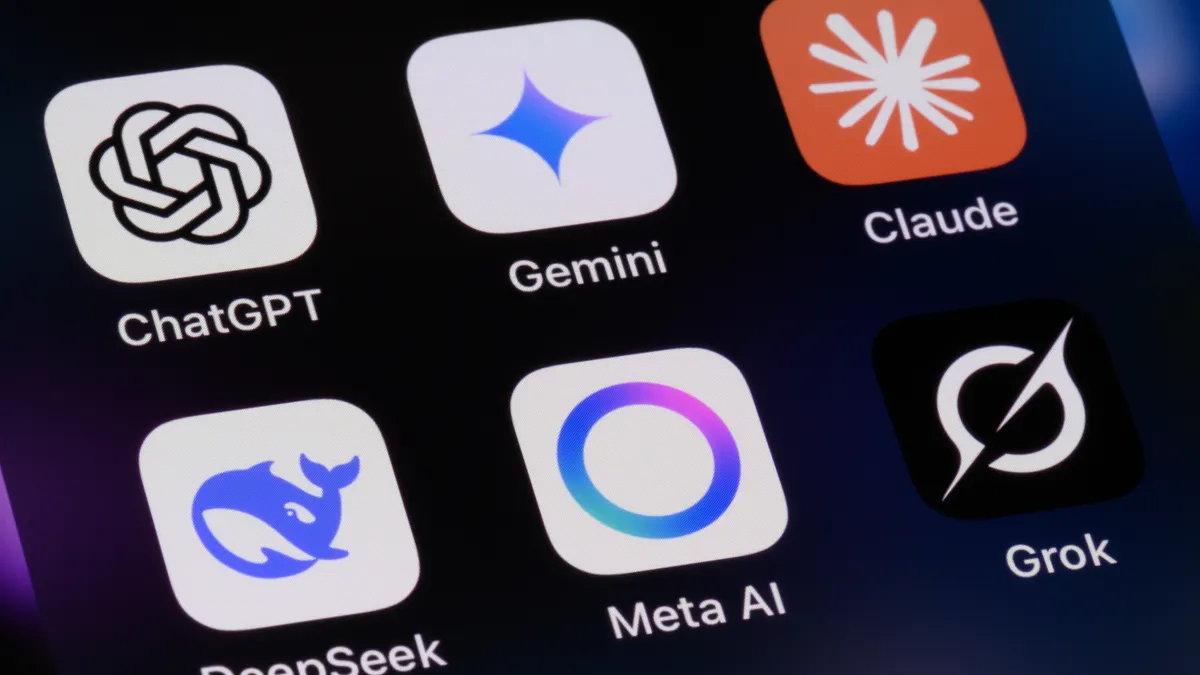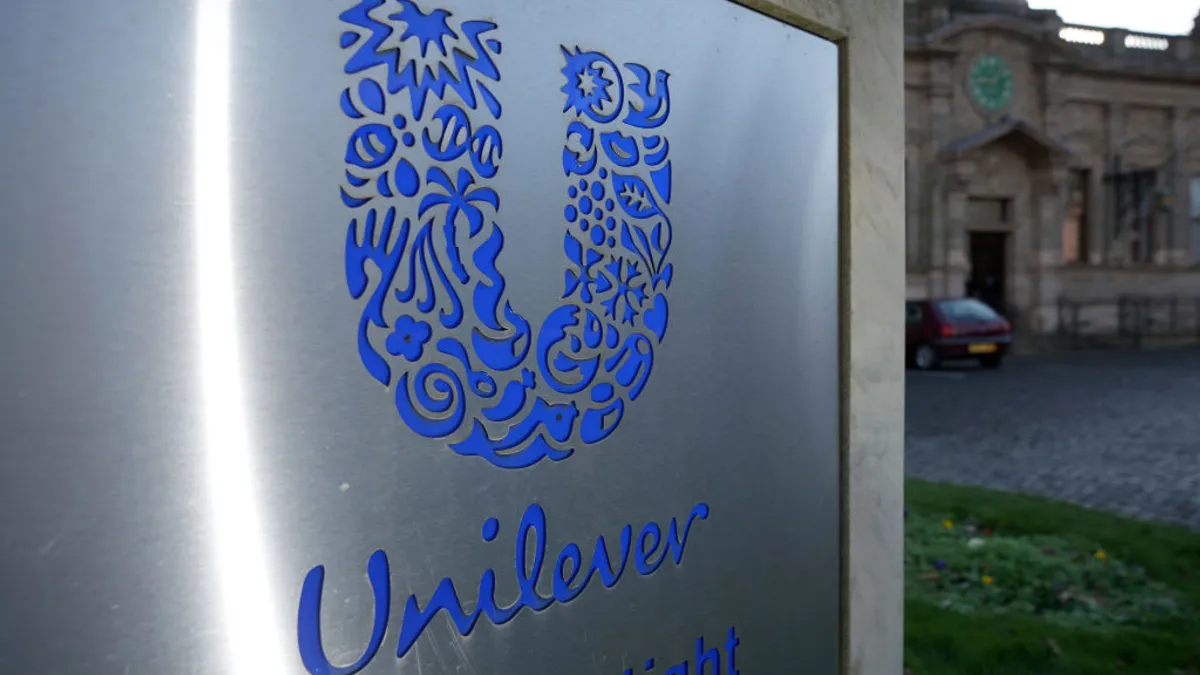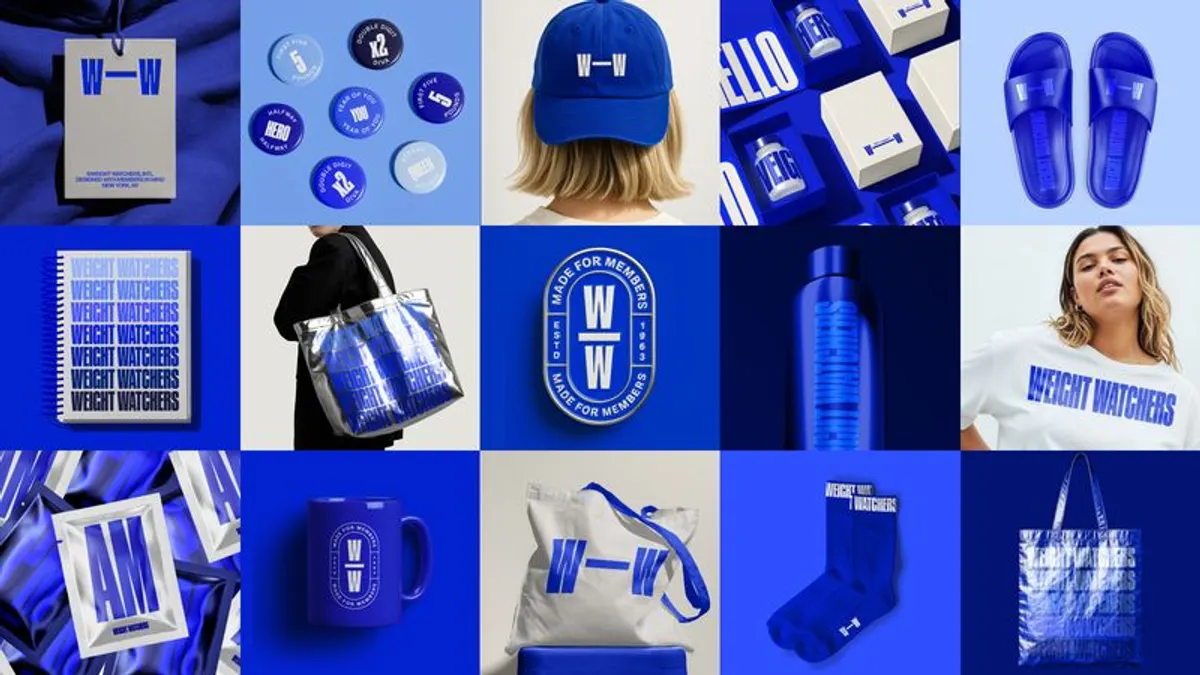The following is a guest post by Ryan Pintado-Vertner, principal and founder of Smoketown consultancy. Opinions are the author’s own.
Hundreds, perhaps even thousands, of brands made antiracist promises following George Floyd’s killing. Two years later, I’m often asked whether those promises were kept. I think that’s the wrong question.
Most brands made promises that, frankly, don’t matter much. Even with perfect follow-through, they would have produced a negligible impact on racist outcomes in our industry, let alone in the country.
So here’s the more important question: What happened to the promises that actually mattered?
Permit me an analogy: We do not measure Big Oil companies’ climate commitment based on what’s in their Instagram Stories, whether they have ESG reports or how much they donate to environmental groups. We all know that the climate crisis requires a complete rethinking of extractive business models. Anything short of that is inadequate, and so we’re measuring companies' progress by a different standard.
The same holds for racism. American brands have played an instrumental role in structural racism, not just domestically, but also exporting its cultural ethos and values around the world. Given that, diversity training and committees, philanthropic donations and more color in the Instagram feed — albeit all good things — are not the right measures of success.
This brings us to the important part: Some brands made more meaningful, ambitious promises than others; the kinds of promises that, when measured cumulatively, could actually chip away at the foundational pillars of American-style racism — which is to say, racism perfectly fused with capitalism. What can we learn from their successes and failures?
I’m lucky enough to talk with dozens of CEOs every year, especially leaders of upstarts that are reshaping the CPG landscape. Three antiracist brand archetypes have emerged in the two years since Floyd was murdered. Across the board, they’ve gone beyond the basics. To varying degrees, they have pulled antiracism closer to the core of their business strategies and brand DNA, even if they don’t use the term “antiracist” to describe the work. Here’s what I have learned:
The agitator
The first archetype I’ve observed is the Agitator. These brands recognize the importance of sustained activism and public policy advocacy in the fight for racial justice. They also recognize that they, as a brand, hold a megaphone — sometimes a larger one than even the best-funded activist organizations. By using their megaphones to consistently advocate for public policy or to amplify the voices of activists of color, these brands have the potential to accelerate antiracist policy victories, such as dismantling the prison industrial complex.
At their best, the Agitators find consistent high-impact ways to use their marketing assets as antiracist advocacy tools. One brand, for example, uses its social media reach and innovation pipeline to champion various criminal justice reform policies at the federal level, often pushing consumers to donate, vote or contact their congresspeople. Another brand has so fully fused its brand DNA with racial justice that, without singing off-key, they can promote their waffle mix in one post and, the next day, talk about how the medical system fails Black women.
When the Agitators stumbled, however, they lost focus, letting their advocacy become so inconsistent that it felt like an aberration rather than a core commitment. In addition, if their leadership was not diverse — and if the white leaders themselves had not done sufficient antiracist work at a personal level — they were prone to tone-deaf marketing executions.
The infrastructure builder
The second archetype is the Infrastructure Builder. These brands birthed permanent programs within their companies that institutionalized antiracist efforts. These programs are closely linked to their core businesses, imbued with real power, real resources, measurable KPIs and executive-level support, not unlike the way a brand would treat any other strategic business investment.
At their best, the Infrastructure Builders have created enduring, evergreen initiatives — ideally with BIPOC leadership and staff — that have become part of the annual rhythm of the business. One example is a major retailer that set an ambitious five-year goal for Black brands on its shelves, researching the reasons for not having enough of these brands in its pipeline and then building an accelerator and network of service providers to help solve the problem. Today, they’re impacting a couple dozen Black-owned brands per year. The next phase will be helping those companies get access to capital.
The Infrastructure Builders struggled, however, when their initiatives were not fully integrated into the core business and felt, instead, like side projects that eventually struggled to sustain the attention of busy people. This dynamic was exacerbated when the teams were powered by white volunteers with uneven levels of personal antiracist investment.
Ultimately, few of the Infrastructure Builders and the Agitators have maximized what’s possible. They tend either to advocate publicly or to build internal initiatives, but rarely both. In addition, few have addressed the most foundational manifestation of racism in the consumer brand landscape: ownership and wealth creation. A phenomenal amount of wealth was created in the CPG sector over the last decade by entrepreneurial brands — and nearly all of it creating wealth almost exclusively for white people. This is where the third antiracist brand archetype emerged.
The complete gamer
The third archetype is the Complete Gamer. These are brands that have embedded antiracist principles into the very core of their business models. This choice impacts nearly every aspect of their business strategy, from supplier management to financing to human resources to brand strategy. As their brands prosper, people of color also prosper, because those people have an ownership stake in the company as investors or equity holders or because they are critical, long-term suppliers that will grow with the company.
When the Complete Gamers are operating at their best, they are helping to close the wealth gap through their ownership structure, while amplifying BIPOC activists and leaders with their marketing platforms and creating evergreen initiatives that will grow with their companies. All of these activities are natural expressions of their "big fight." Their only constraint is raising sufficient growth capital to activate their business strategies.
So where does this leave us two years after George Floyd’s murder?
Most CPG brands fell short on their promises, but those promises weren’t ambitious enough anyway. Moving forward, the brands that matter most are the Agitators, the Infrastructure Builders and the Complete Gamers — the brand archetypes that have created new playbooks for building better antiracist businesses — and their leaders, who have done the difficult work of embedding antiracism as deeply into their brands as possible.
Now we just need more of them.

